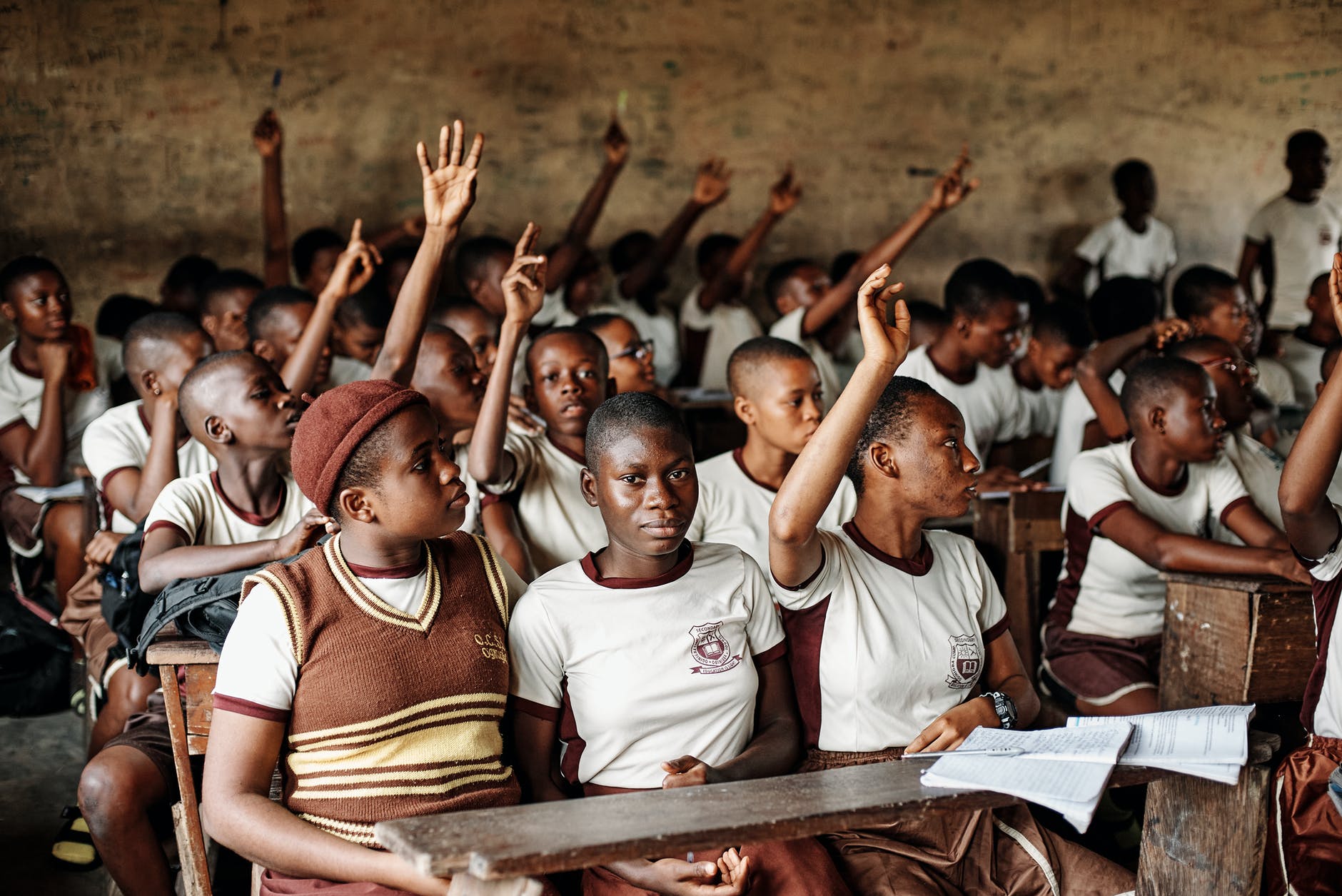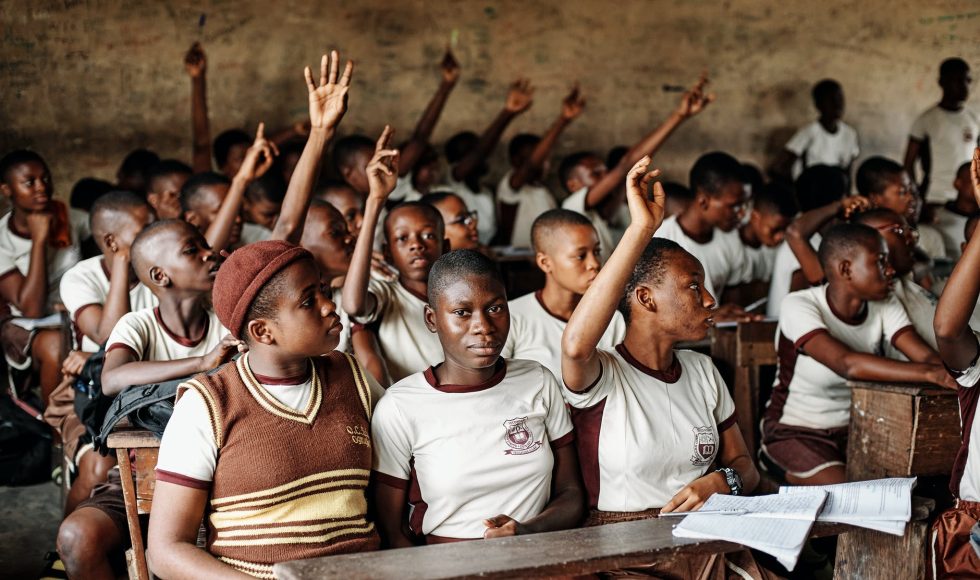It snowed… for a couple of hours and then rained. We spent most of the day cleaning and playing indoors. Tonight, I watched the Open Ed 2021 session “OER, Self-Directed Learning and Assessment: Educators’ Beliefs, Practices and Priorities in Africa” with Isabel Tarling, director of Limina, and Sandhya Gunness, a senior lecturer at the University of Mauritius. Tarling began by describing the challenges of higher education during the pandemic. They also reviewed data about students in Africa accessing the internet on mobile devices. Together with Gunness, Tarling and colleagues set out to address several research questions focusing on the question “how do educators in African education contexts approach OER?” and “what is self-directed learning (SDL)?” Gunness stated that more than half (54%) of participants were willing to use OER in African classrooms or borrow from colleagues. Interestingly, 93% of participants were willing to share their own resources, and Gunness mentioned this suggested an openness to OEP. Findings from their Delphi panels recommended changes in institutional policies for assessments and access. Gunness spoke about Self-Directed Learning (SDL) and used the definition from Knowles. Tarling mentioned that SDL is “both a characteristic of the student but also a part of the learning process.” They used Garrison’s 1997 model to highlight three dimensions of SDL: self-management, self-monitoring, and motivation. Tarling also mentioned that SDL as a learning process aligns well with constructivist approaches like Project/Problem-based learning, inquiry-based learning, and cooperative learning. I thought it was fascinating that according to Tarling, SDL has been used by indigenous knowledge holders for “many generations” and researchers like Rambe and Moeti (2017) have aligned SDL with Ubuntu for learners to develop agency. Tarling connected this with Knowles to explain the importance of becoming self-aware and self-directedness to know when to work individually and when to work in community. Gunness spoke about creating assessments that can be real-world and through which students can make products that are reused and durable. Tarling asked educators to reflect on their skills and attitudes, practices, and approaches that could get us closer to SDL. I like how the reflective questions include educator practices and how approaches used in teaching help nurture these self-directed learning skills in students. Gunness shared a diagram depicting the connections between open pedagogies, co-designing assessments, and self-awareness. E-portfolios were mentioned as a good way to nurture self-directed learning. This is because they can involve students from the start, provide formative feedback, and prioritize communication and critical thinking, according to Tarling. The presenters concluded that their research into SDL and assessment practices “suggest that SDL provides agentic influence on student self-awareness and self-motivation, which in turn enhances their ability to iterate between collaborative and networked learning within communities on the one hand, and individual learning on the other.” Further, the co-creation of rubrics and durable products was mentioned as a way to increase open practices. This was a great twenty-minute session. I learned about SDL and the important connections between open, constructivist approaches, and the balance between individual and community learning.



